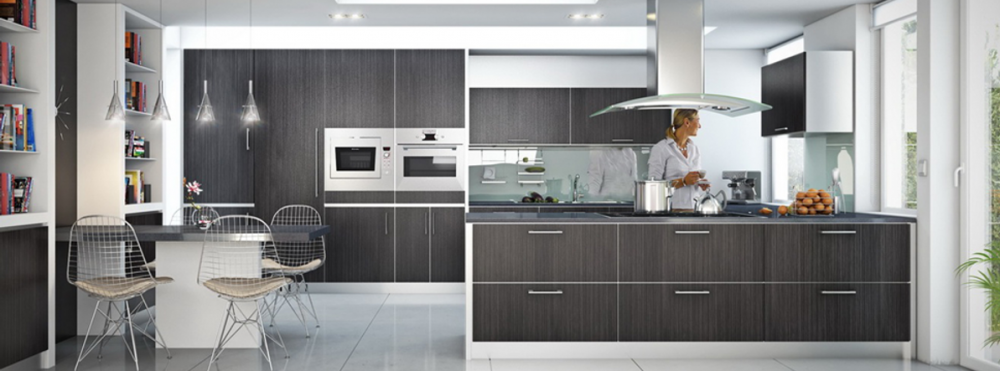Cantilevered staircases are architectural marvels that stand as testaments of creativity, engineering skill, and striking design. Seeming to defy gravity without visible supports, these captivating stairs appear suspended midair – yet have fascinating floating qualities. Jarrods staircases is an excellent example of the innovative design.
In this article we will take an in-depth look at cantilevered stairs: their unique characteristics; design principles behind their creation; methods employed to achieve their striking floating effect.
Understanding Cantilevered Structures
A cantilevered structure is defined as an overhanging portion anchored at one end that extends outward, creating an overhanging portion with no visible support at its opposite end. Cantilevered staircases use this principle by securely attaching their steps to load-bearing walls or supporting structures, creating the appearance that they float off without visible support; their stability can be ensured through careful calculations, material selection and engineering expertise.
Design Considerations
A cantilevered staircase design requires careful consideration to achieve harmony among aesthetics, functionality and structural integrity. Architects and engineers collaborate closely on designing an appealing staircase that blends harmoniously into its surroundings; material selection plays an integral part in reaching this goal while still offering safety and stability.
Material Selection
The choice of materials has an enormous effect on both design and structural performance of cantilevered staircases. Steel, concrete, glass and wood are commonly used materials. Steel offers excellent strength and flexibility with minimal obstruction of space requirements while concrete offers durability that can be formed into custom shapes; glass adds elegance while remaining transparent, and wood provides warmth while remaining natural – each choice depending on design vision, budgetary restrictions, structural needs or desired aesthetic appeal.
Structural Support
Cantilevered staircases require robust structural support in order to ensure stability and safety. The primary support is usually provided by a load-bearing wall or hidden structure within adjacent walls, and any weight transferred from steps is distributed evenly across this supporting element so as to maintain equilibrium. Steel reinforcement may be integrated into this element for increased strength and integrity, while modern engineering techniques like finite element analysis or load calculations are used to verify its performance against safety standards.
Hidden Stringers and Anchoring Systems
Cantilevered staircases, known for their floating steps, use hidden stringers and anchoring systems to give the appearance of floating. Hidden stringers are hidden within walls to provide support to each step while remaining unnoticed by viewers; load-bearing walls distribute weight evenly along its length while anchoring systems such as steel brackets or rods reinforce this connection to ensure stability and prevent unwanted movements.
Cantilevered Balustrades and Handrails
Cantilevered staircase designs go beyond their steps alone. Balustrades and handrails – integral components that provide safety and support – are integral parts of their overall appearance, too. Glass, stainless steel or other transparent materials such as acrylic are used for balustrades to maintain an open aesthetic without obstruction, while handrails must adhere to safety regulations while complementing the staircase in style. When combined together seamlessly they enhance aesthetic appeal of cantilevered stairs while creating an overall cohesive design concept.
Technological Innovations
Advancements in construction techniques and materials have opened up exciting new options for cantilevered staircases. Carbon fibre composites as a construction material allows for increased strength with reduced weight, enabling more daring and intricate designs. 3D modelling and computer simulation software aid architects and engineers by visualizing structural behaviour of cantilevered stairs for more precise and efficient design processes.
Conclusion
Cantilevered staircases are architectural marvels that seamlessly combine innovation, functionality, and breathtaking design. By using advanced engineering technology to carefully select materials for construction as well as providing structural support, these stairs create the illusion of weightlessness while adding elegance and modernity to any space. Hidden stringers, anchoring systems, and carefully integrated balustrades add to their floating effect while providing safety and stability. With technology constantly advancing the possibilities for creative cantilevered staircase designs become endless; serving both as works of art that transform space while captivating their audiences who experience them first-hand.
